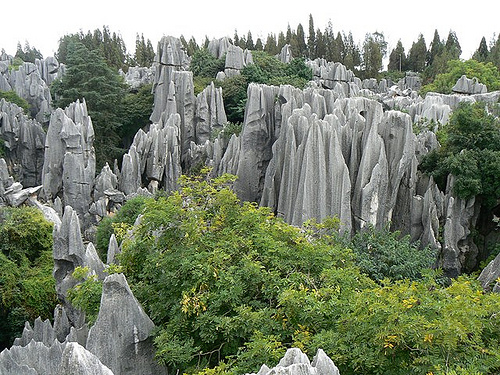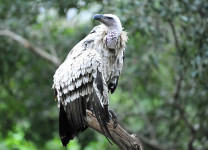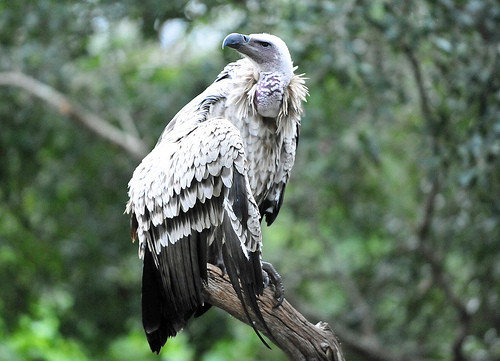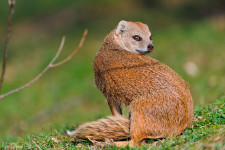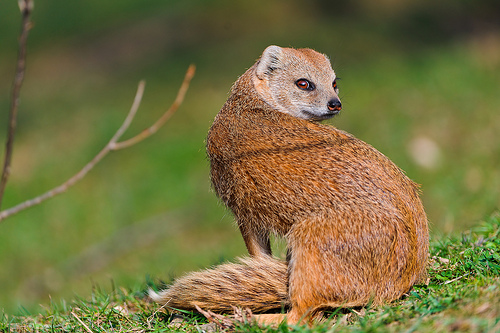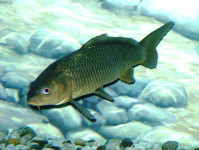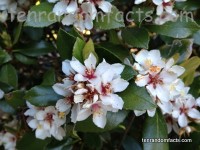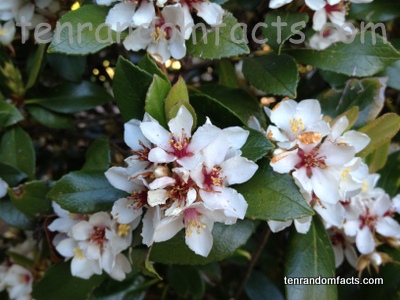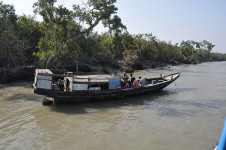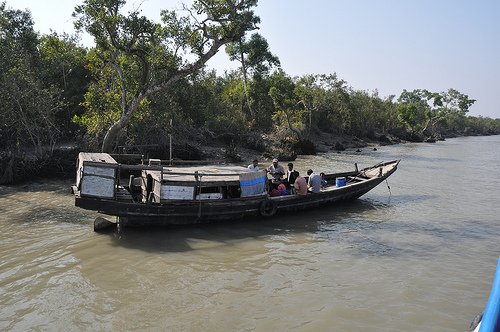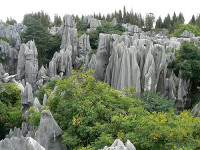
Don’t get lost in the Shilin Stone Forest labyrinth.
- Shilin Stone Forest is a group of natural rock formations located in the province of Yunnan, in China, Asia.
- ‘Shilin Stone Forest’ is also known as ‘Shilin’ which means ‘stone forest’ in Chinese, ‘Shilin Geopark’, ‘Stone Forest’, and ‘Stone Forest Geopark’.
- The rocks of Shilin Stone Forest are made of limestone, shaped by constant erosion and weathering.
- There are thousands of rocks in the Shilin Stone Forest, and the rocks have the appearance of petrified trees or stalagmites.
- The South China Karst, which was declared a UNESCO World Heritage Site in 2007, includes the Shilin Stone Forest.
Part of Shilin Stone Forest
Image courtesy of Paul Arps/Flickr
- Shilin Stone Forest sits on an area covering approximately 350 square kilometres (140 square miles), and it is a highly popular tourist attraction, with various accommodation options nearby.
- Seven main parts make up Shilin Stone Forest, including the Greater and Lesser sections, and areas that contain caves and lakes, such as Zhiyun Cave and Lake Chang.
- According to native folklore, the area of Shilin Stone Forest is the location of where a Yi woman, called Ashima, was born, who is said to have turned to stone when she failed to received permission to marry her true love.
- Strange shaped rocks that resemble elephants, lions, and other forms can be found throughout Shilin Stone Forest.
- The tallest formation of Shilin Stone Forest reaches 30 metres (98 feet) in height.



